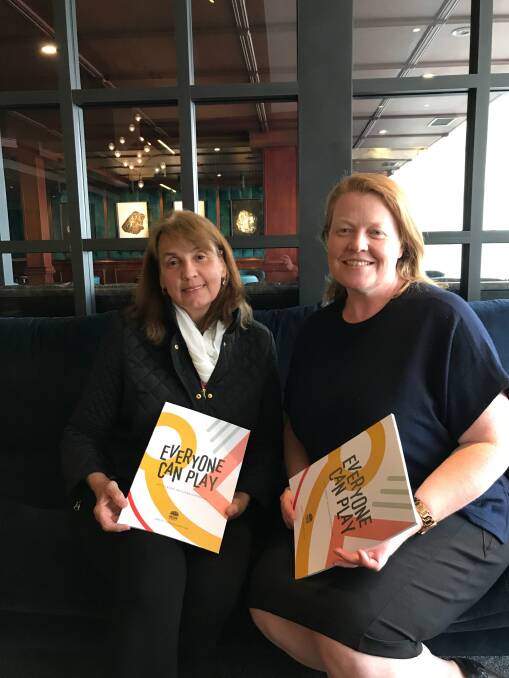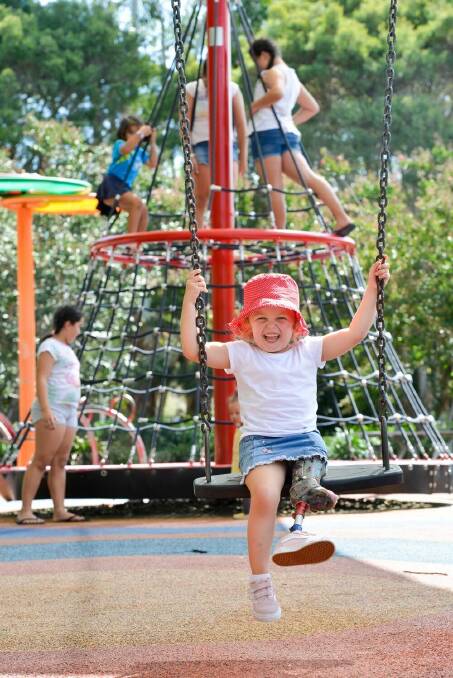
Creating world-class play spaces where everyone is included was the topic of an event in Tamworth on Friday.
Subscribe now for unlimited access.
$0/
(min cost $0)
or signup to continue reading
The Everyone Can Play in NSW roadshow was in town, talking to stakeholders about draft guidelines aimed at making playgrounds, their surrounds and their facilities accessible to all.
The guidelines are for groups and people such as local councils, play space designers and passionate community members to consider when designing and modernising play spaces.
They ask three questions: “Can I get there?” – which focuses on location, layout and signage; “Can I play?” – which includes equipment, surfacing and a range of engaging play options; and “Can I stay?” – which looks at safety, amenities and surrounds.
The roadshow was held at Quality Hotel Powerhouse.
It featured talks from Commissioner for Open Space and Parklands Fiona Morrison; and Gunnedah Shire Council community and social planner Debra Hilton, part of the advisory group that helped to shaped the guidelines.
“Tamworth is already such a great place to live, but we want to make sure that everyone here has the right kind of space to play and relax,” Ms Morrison said.
Read also:
“The local play space is a place where communities come together, and these guidelines will help designers and architects make play spaces more inclusive than ever before.
“These guidelines will help make play spaces across NSW inclusive for all people – disabled, able-bodied, young and old alike – to enjoy.”

Ms Hilton said the aim was for all play spaces to be for all people.
“By their very definition, we won’t have standalone ‘inclusive’ playgrounds: it will become normal that all playgrounds, whether constructed by councils or private development, will be for everyone,” she said.
“Every child and adult has the right to access play spaces that encourage socialisation and activity and give them the opportunity to express their imagination.
“That’s what we’re working towards.”
The draft document takes into account the needs of children and adults with disabilities; an aging population increasingly caring for grandchildren; and a multicultural society.
It shows three play spaces as examples of best practice: Collaroy Beach and Sydney Park, Sydney; and Westport Park, Port Macquarie.
Some of the highlighted features include fencing for safety; a lawn area for rest and quiet play; wide paths; clear sightlines for passive supervision; accessible play structures such as carousels set flush with ground level; and equipment for all abilities and ages.
The draft guidelines will be on public exhibition until September 21.
- To have a look and have a say, go to: www.planning.nsw.gov.au/everyonecanplay


